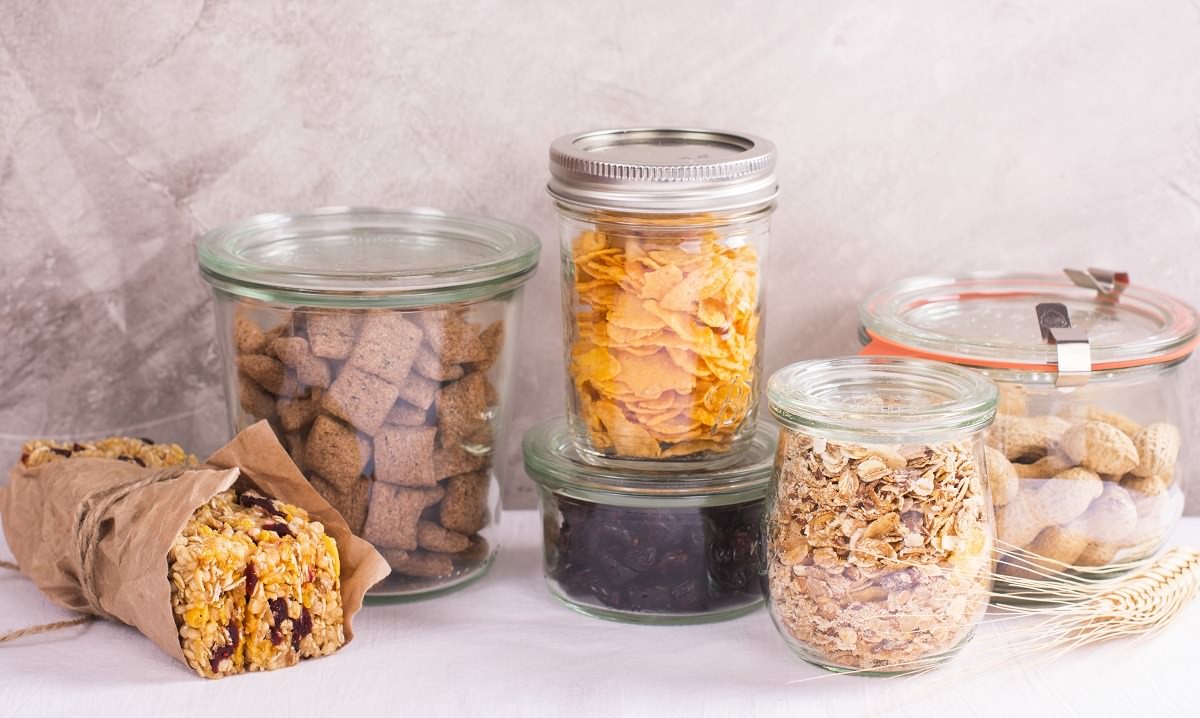
"Those who have used cling wrap know it's not reusable - it sticks to itself so well that using it even once can be tough. That means that each piece of cling wrap we use ends up contaminating the environment or sitting in a landfill. Most cling wrap is (PVC), a flexible form of plastic used in a variety of U.S. goods. PVC releases dioxin, a toxin known to cause reproductive and developmental human health issues, during manufacture, use, and disposal."
"Recent statistics reveal that thin plastic films like cling wrap account for 46% of the nearly 14 million metric tons of new plastic waste that end up in oceans each year. Nearly 80 million Americans had used at least one roll of plastic wrap in the past six months, with more than five million Americans going through more than 10 million boxes.PVC can take up to a thousand years to degrade."
"Research suggests the plastics in cling wrap leach into food and drink. A 1998 study by Consumers Union tested plastic-wrapped foods and found DEHA (di(2-ethylhexyl) adipate) and phthalates migrate from plastic wrap into food - particularly high fat foods such as cheese. Because PVC is a known carcinogen and suspected endocrine disruptor , this can be detrimental to human health."
Cling wrap is a thin, sticky plastic film often made from PVC and is not recyclable or reusable. PVC manufacture, use, and disposal release dioxins, and PVC can take up to a thousand years to degrade. Thin plastic films like cling wrap are a major source of ocean plastic, accounting for 46% of nearly 14 million metric tons of new plastic waste annually. Research shows chemicals such as DEHA and phthalates can migrate from plastic wrap into food, especially high-fat foods like cheese, posing carcinogenic and endocrine-disrupting risks. Sustainable alternatives such as beeswax wraps can reduce environmental and health harms.
Read at Earth911
Unable to calculate read time
Collection
[
|
...
]